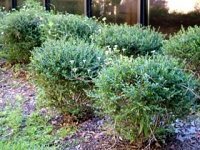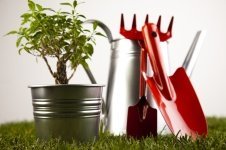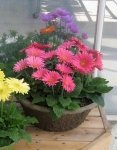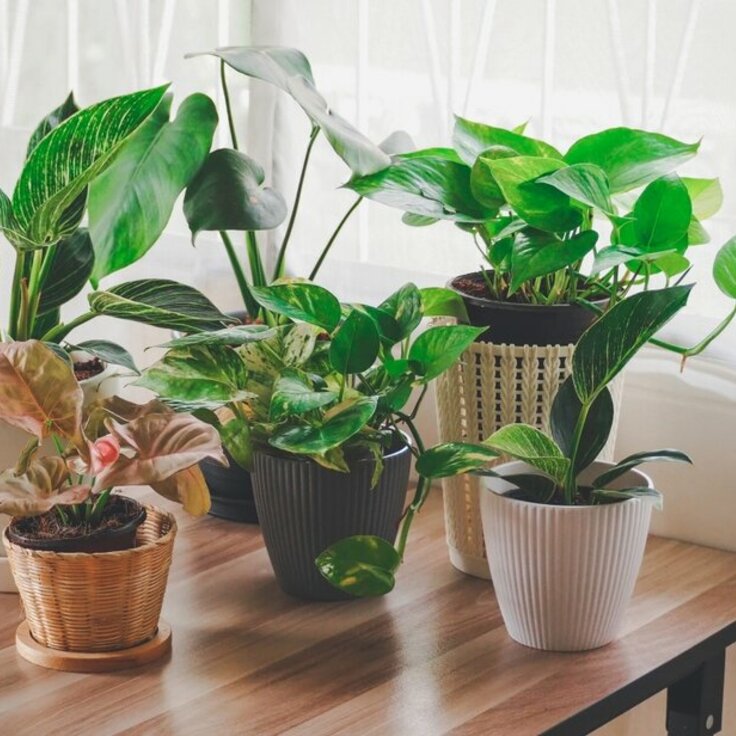Types of Lumber for Garden Boxes
Garden boxes are a great way to grow your own vegetables, herbs, and flowers, no matter the size of your garden. When building a garden box, choosing the right type of lumber is important for its longevity, durability, and overall appearance. In this article, we will discuss the different types of lumber that are suitable for garden boxes, and their advantages and disadvantages.
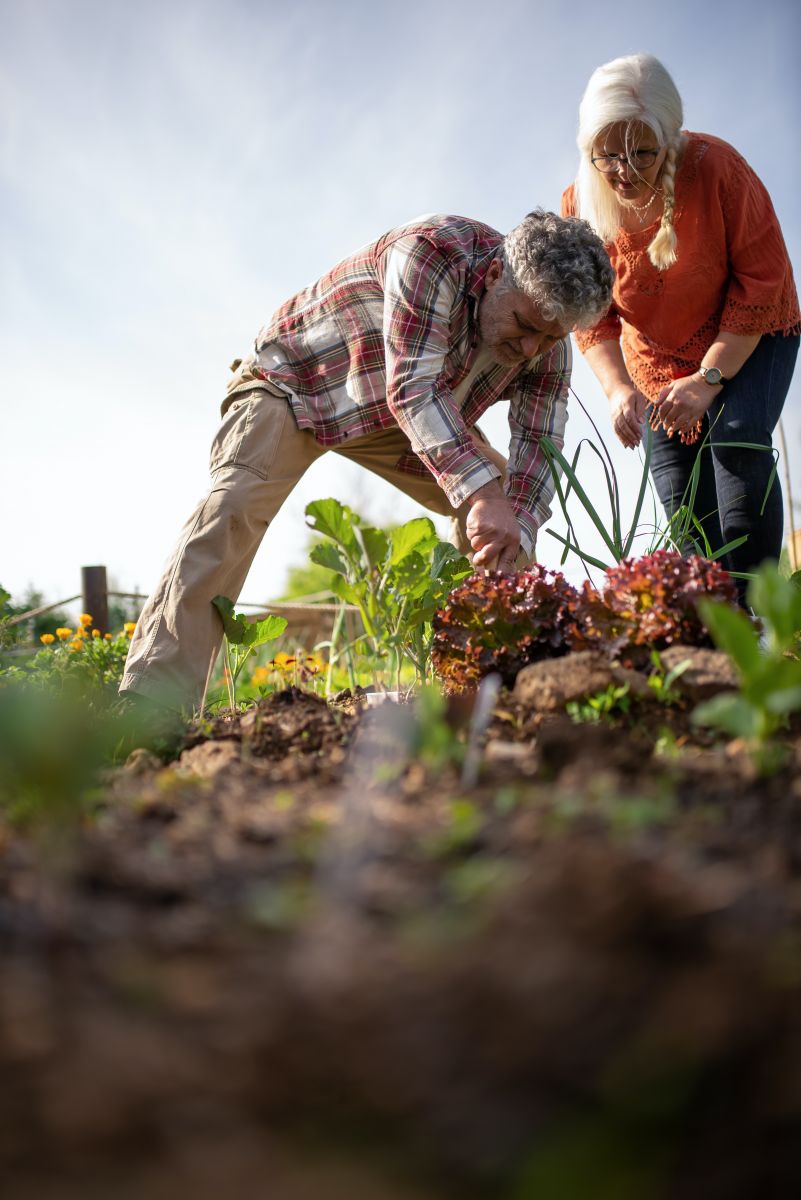
Choosing the Right Lumber for Your Garden Box
When selecting the type of lumber for your garden box, consider factors such as cost, durability, resistance to decay and insects, and aesthetic appeal. Cedar and redwood are the most durable and attractive options, but also the most expensive. Pressure-treated lumber is more affordable but may contain harmful chemicals. Composite lumber is a long-lasting and low-maintenance option, but may not have the same natural look and feel as traditional lumber.
Cedar Lumber
Cedar is a popular choice for garden boxes due to its natural resistance to decay and rot, and its insect-repelling properties. It is a lightweight, low-density wood that is easy to work with, making it an ideal choice for DIY garden box projects. Cedar has a distinctive reddish-brown color that adds warmth and character to any garden. It is important to note that cedar is not the most durable type of wood, and may require regular maintenance to prevent weathering and warping.
Redwood
Redwood is another popular choice for garden boxes due to its natural resistance to decay and rot, and its durability. It is a high-density wood that is strong, stable, and long-lasting. Redwood has a rich, reddish-brown color that adds beauty and sophistication to any garden. However, redwood is more expensive than cedar and other types of lumber, and may not be as readily available in some areas.
Pine Lumber
Pine is a popular choice for garden boxes due to its affordability, availability, and versatility. It is a softwood that is easy to work with and can be easily found at most lumber yards and home improvement stores. Pine can be stained, painted, or left untreated to achieve the desired look. However, pine is not as durable as cedar or redwood, and may not last as long, especially when exposed to moisture.
Pressure-Treated Lumber
Pressure-treated lumber is a popular option for building garden boxes due to its affordability and availability. It is also treated with chemicals that prevent decay and rot, making it more durable than untreated lumber. However, pressure-treated lumber may contain harmful chemicals, such as arsenic and chromium, which may leach into the soil and affect plant growth. Therefore, it is important to use a plastic liner or barrier to prevent direct contact between the soil and the lumber.
Composite Lumber
Composite lumber is a relatively new option for garden boxes, made from a blend of wood fibers and plastic. It is durable, long-lasting, and resistant to rot, decay, and insects. Composite lumber also requires minimal maintenance and comes in various colors and textures. However, it is more expensive than traditional lumber options and may not have the same aesthetic appeal as natural wood.
Conclusion
In conclusion, selecting the right type of lumber is crucial for building a garden box that is durable, long-lasting, and safe for plant growth. Cedar and redwood are the most popular options due to their natural resistance to decay and insects, while pressure-treated lumber and composite lumber are more affordable alternatives. We hope this comprehensive guide helps you make an informed decision and build the perfect garden box for your outdoor space.




